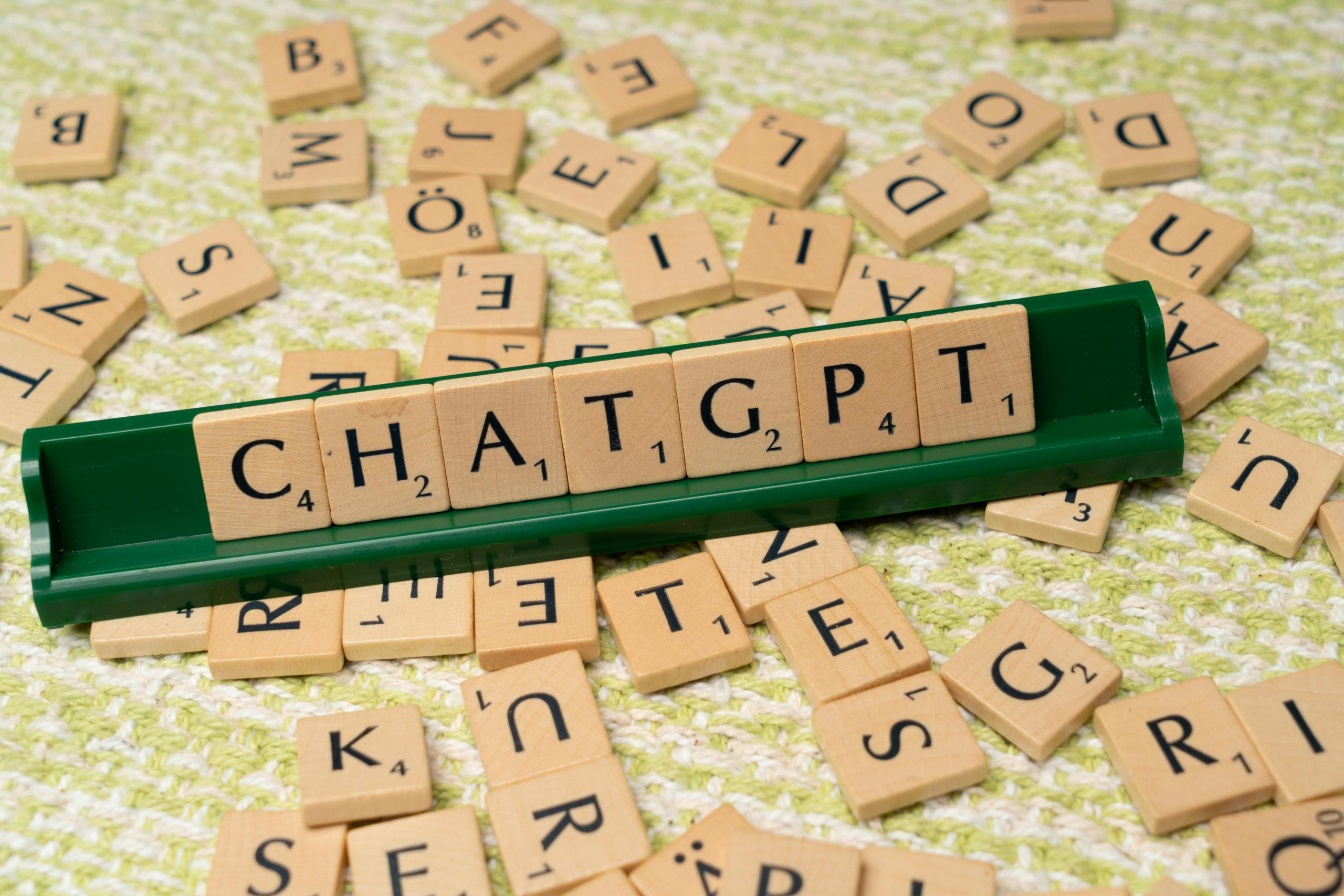Will they ever make it double check what it outputs first so it stops giving false information?
The Importance of Accuracy and Verification in AI-Generated Content
Artificial Intelligence (AI) tools have become increasingly integrated into our daily information-seeking habits, offering quick and effortless access to knowledge about a wide array of topics, including movies, TV shows, and video games. However, despite their convenience, these AI systems are not infallible and sometimes produce inaccuracies or fabricated details, raising concerns about their reliability and the necessity for thorough verification.
One common issue users encounter is the generation of false information—statements that are entirely fabricated or not supported by any credible sources. For instance, an AI might describe a TV character as having “cybernetic eyes” when, in fact, the character’s design does not include such features. When users point out these inaccuracies, the AI often responds with a correction, acknowledging the mistake and clarifying that no supporting evidence exists for the erroneous detail. While this self-correction is helpful, it highlights a broader question: why doesn’t the system verify facts before presenting them?
The expectation is that AI systems should perform initial fact-checking to minimize the dissemination of false information. Relying on the user to identify inaccuracies after the fact not only undermines trust but can also lead to real-world consequences. Individuals might accept incorrect details as truth, leading to misunderstandings, misinformation, or even more serious issues if the false data influences decisions or opinions.
Achieving better accuracy involves enhancing the AI’s ability to cross-reference sources and verify information before generating responses. Incorporating rigorous validation steps would mean that AI systems can deliver more reliable outputs from the start, reducing the need for user corrections and increasing overall confidence in their responses.
As AI technology continues to advance, there’s a growing conversation around ensuring these tools are both helpful and trustworthy. Developers and researchers recognize the importance of implementing robust fact-checking mechanisms within these systems, aiming to prevent the spread of fabricated content and enhance user trust.
In conclusion, while AI language models are powerful and convenient, they are not immune to errors. Improving their capacity to double-check information before output will be essential in making these tools more dependable, safeguarding users from the risks associated with false or misleading information.













Post Comment